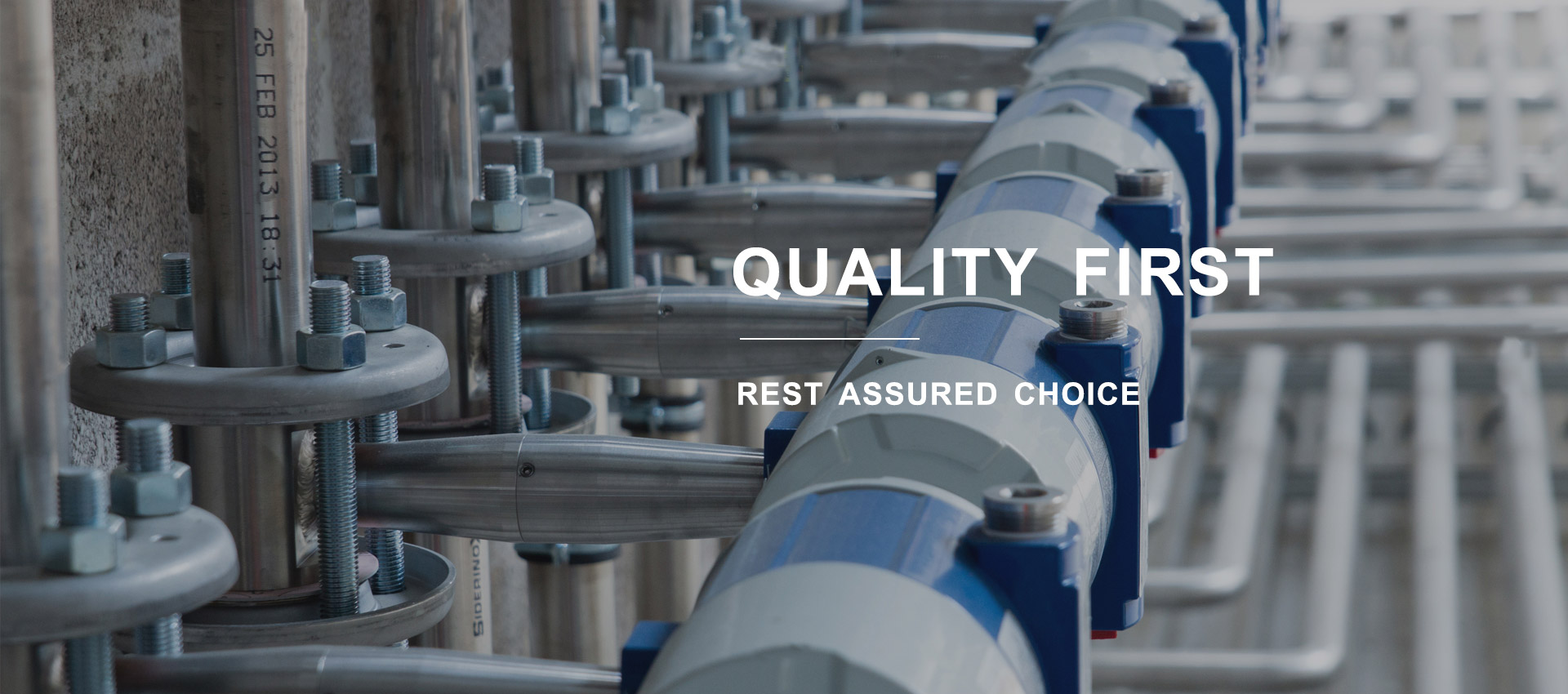Nov . 10, 2024 15:31 Back to list
Exploring the Applications and Advantages of Strut Beams in Structural Engineering
Understanding Structural Beams The Importance of Strut Beams in Engineering and Construction
In the world of civil and structural engineering, beams are fundamental components that provide support and stability to various structures. Among these, strut beams hold a distinctive position due to their unique characteristics and applications. Strut beams are specifically designed to handle compressive loads, making them vital in the construction of buildings, bridges, and other infrastructures. This article delves into the essence of strut beams, their design, applications, and significance in modern engineering.
Definition and Characteristics
A strut beam is typically a structural member that is oriented primarily to resist axial compressive forces. Unlike beams that primarily resist bending moments, strut beams are designed to withstand load in a straight line along their length. This makes them lightweight and efficient, allowing for longer spans without the need for extensive frameworks. Generally made of materials such as steel, aluminum, or reinforced concrete, strut beams can be solid or hollow, depending on the requirements of the project.
One of the defining characteristics of strut beams is their geometric design. They can be found in various shapes like rectangular, square, or circular cross-sections, which can enhance their strength-to-weight ratio. The choice of cross-section is crucial as it significantly affects the beam’s ability to resist buckling, a common failure mode in compression members.
Applications of Strut Beams
Strut beams find applications in a wide array of structures and systems. One of the most prominent uses is in bridges, where they provide essential support while minimizing weight. In arch bridges, for example, strut beams help distribute the forces acting on the arch efficiently, allowing the structure to span large distances without excessive material use.
In the realm of building construction, strut beams are frequently used in frames, providing both vertical and lateral stability. They play a vital role in resisting forces like wind or seismic activity, thus ensuring the safety and integrity of skyscrapers and other tall structures. Furthermore, in the context of industrial buildings, strut beams often serve as components in trusses that support roofs and large open spaces.
strut beam

Strut beams also find significance in specialized applications such as aircraft and automotive engineering, where weight reduction coupled with strength is critical. Here, they provide reinforcement without adding undue weight, enhancing performance and efficiency.
Design Considerations
Designing strut beams requires a comprehensive understanding of the loads they will bear and the environmental conditions they will face. Engineers utilize principles from mechanics of materials, ensuring that the beams can withstand compressive forces without yielding or buckling. The effective length of the strut, the material properties, and the cross-sectional area are pivotal considerations during the design phase.
Moreover, local building codes and safety factors are essential elements in the design process. Engineers must ensure that the designed strut beam can handle unexpected loads and factors, such as dynamic forces, which may arise from natural disasters or operational activities.
The Future of Strut Beams
As modern engineering evolves with technologies like 3D printing and advanced materials, the design and manufacturing of strut beams are seeing significant innovations. Materials that offer higher strength-to-weight ratios, such as carbon fiber composites, are being explored to enhance the performance of strut beams. Additionally, computational tools that simulate various loading scenarios are aiding engineers in creating more resilient and efficient designs.
In conclusion, strut beams are indispensable in the realm of structural engineering, combining efficiency, strength, and versatility. Whether in civil construction or advanced engineering applications, they play a crucial role in ensuring the safety and durability of various structures. Understanding the nuances of strut beams not only helps engineers design better systems but also contributes to the advancement of engineering practices as a whole. As the industry continues to adopt new technologies and methodologies, strut beams will undoubtedly remain a fundamental component of structural integrity across diverse applications.


